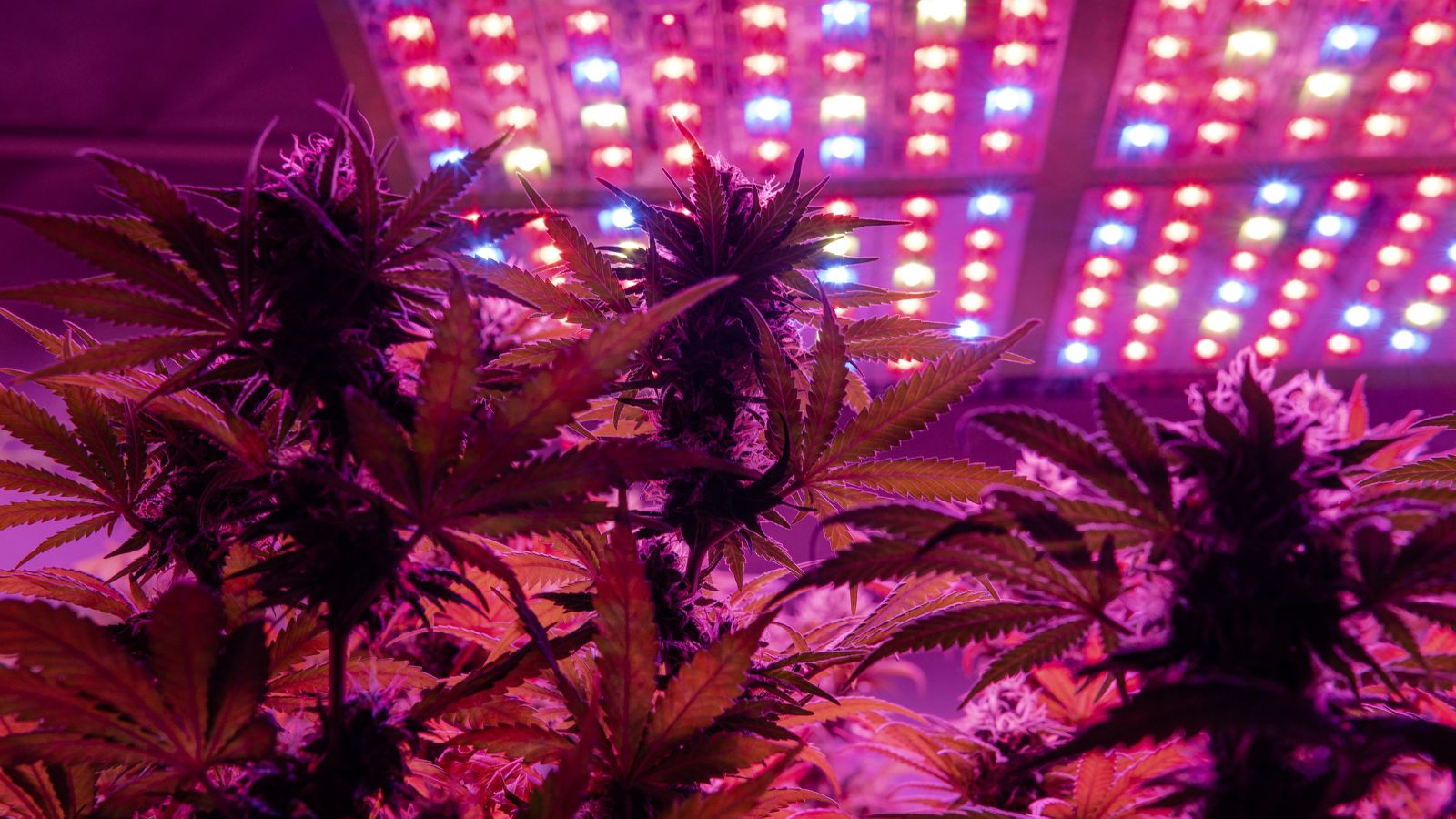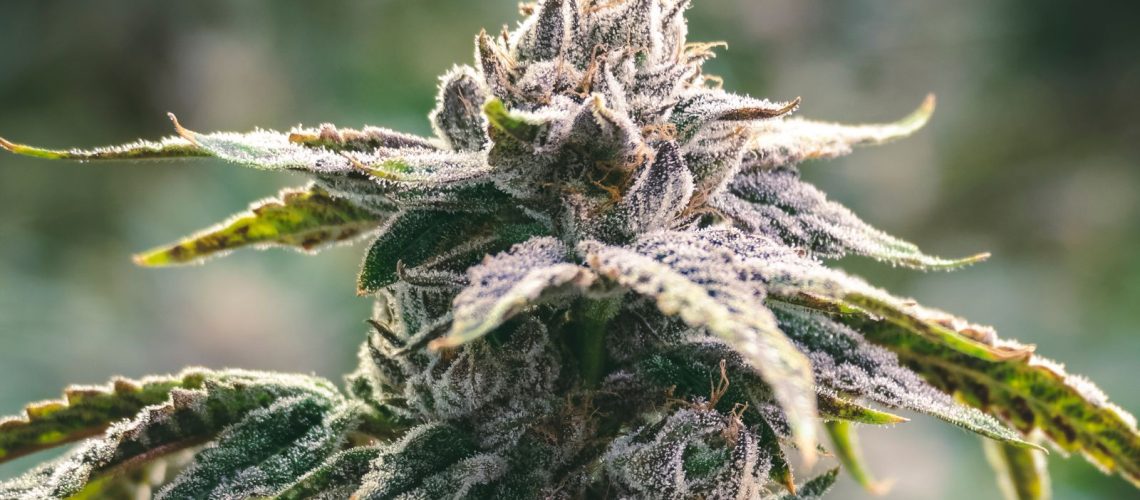In the diverse landscape of cannabis, two compounds stand as dynamic players—THCa and Delta-9 THC. These cannabinoids, with their distinct properties and potential, illustrate the versatility and transformative power of the plant.
THCA converts into THC with heat, and when it does, it will produce THC’s effects. So, whether THCA flower or other hemp products can get you “just as high” as products marked as Delta-9 THC largely depends on how they’re used and the resulting conversion.
Let’s delve into the multifaceted nature of cannabis, exploring how THCa and Delta-9 THC embody its diverse possibilities and the ease with which THCa can be converted into its more famous counterpart.

THCa, or tetrahydrocannabinolic acid, is the raw, unactivated form of THC found abundantly in fresh cannabis. It serves as the precursor to Delta-9 THC, the primary psychoactive compound responsible for the euphoric high associated with cannabis consumption.
Despite its lack of psychoactive effects in its raw state, THCa possesses its own array of therapeutic potential, including anti-inflammatory, neuroprotective, and antiemetic properties.

The psychoactive effects of THCA (Tetrahydrocannabinolic acid) compared to Delta-9-tetrahydrocannabinol (Delta-9-THC) largely depend on how it’s used and its conversion into THC. THCA itself doesn’t produce psychoactive effects until it’s decarboxylated, which typically happens when it’s heated, such as through smoking, vaporizing, or cooking.

The transformation of THCa into Delta-9 THC occurs through a process known as decarboxylation. When heating cannabis—whether through smoking, vaping, or cooking—it removes the carboxyl group attached to THCa, converting it into its active form.
This process highlights the versatility of cannabis and its ability to tailor to individual preferences and needs.

But what does this mean for cannabis consumers?
Cannabis offers a wealth of possibilities, from therapeutic relief to recreational enjoyment, easily accessible through a simple application of heat. Whether seeking relief from pain, inflammation, or nausea, or simply looking to relax and unwind, individuals can customize their cannabis experience to suit their unique desires.

Moreover, cannabis’s versatility extends beyond therapeutic and recreational applications to encompass various consumption methods and products. From traditional flower to concentrates, edibles, topicals, and more, consumers have never had more options to explore the diverse effects of THCa, Delta-9 THC, and other cannabinoids.
The immense range of effects provided by these cannabinoids offers consumers a vast spectrum of experiences to suit their individual preferences and needs.

This diversity not only highlights the complexity of the cannabis plant but also underscores its potential for innovation and growth. As research into cannabis continues to expand and evolve, our understanding of its medicinal and recreational uses deepens. This opens up new possibilities for harnessing its full potential.

Conclusion:
In conclusion, THCa and Delta-9 THC offer just a glimpse of cannabis’s versatility. From its raw form to its therapeutic and recreational applications, cannabis captivates with its multifaceted nature. By embracing THCa, Delta-9 THC, and other cannabinoids, consumers unlock a world of possibilities. They tap into the diverse benefits cannabis has to offer.


This Post Has One Comment
Pingback: Why Is THCA Legal in 2024? Plus, How to Get it Delivered!
Comments are closed.